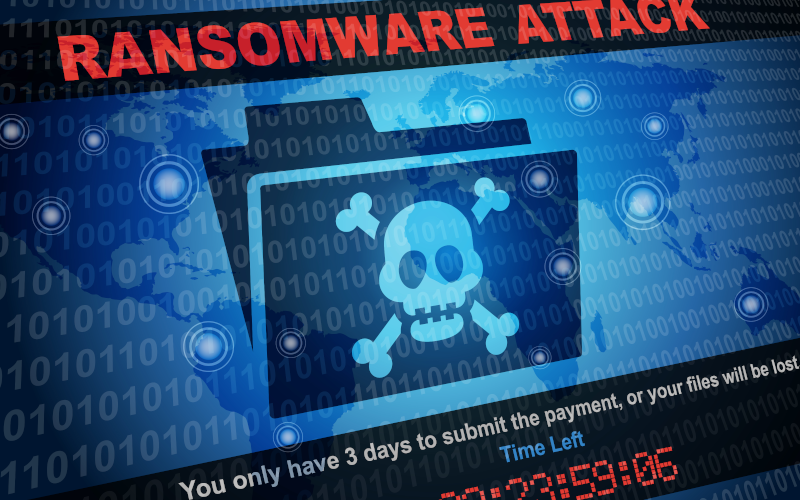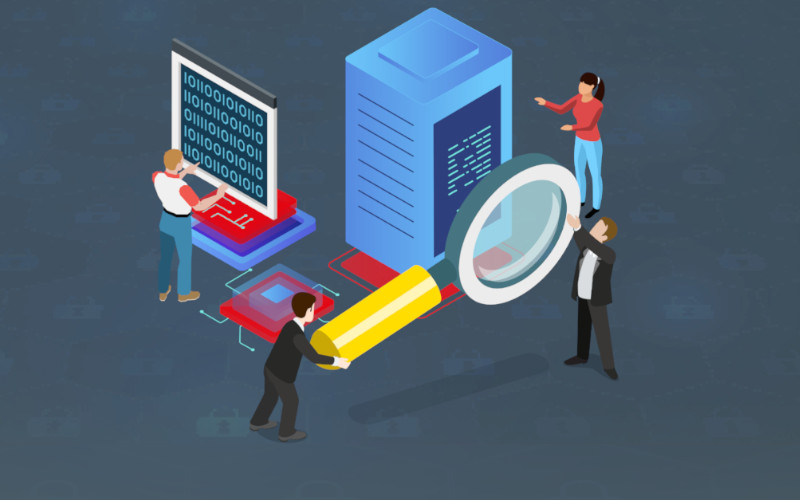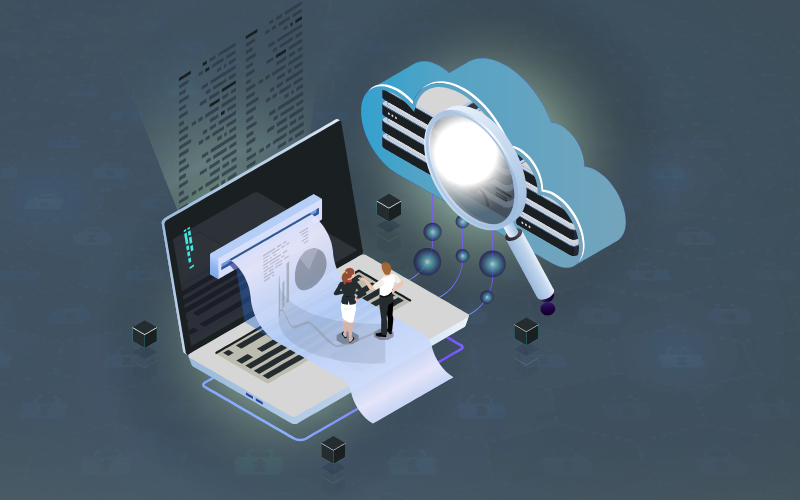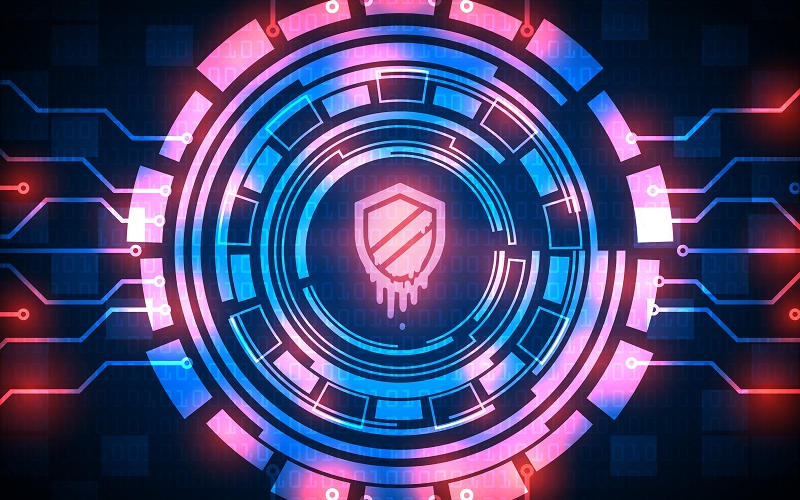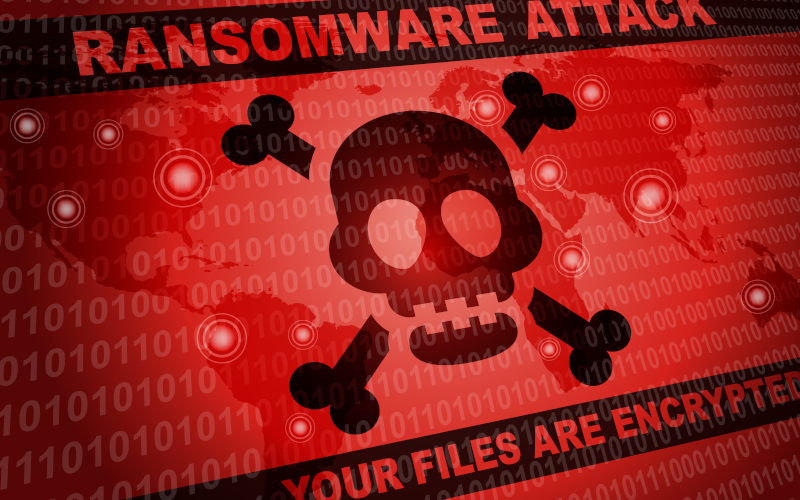Hive: response and recovery actions
Posted on 04/11/2023, by
INCIBE (INCIBE)
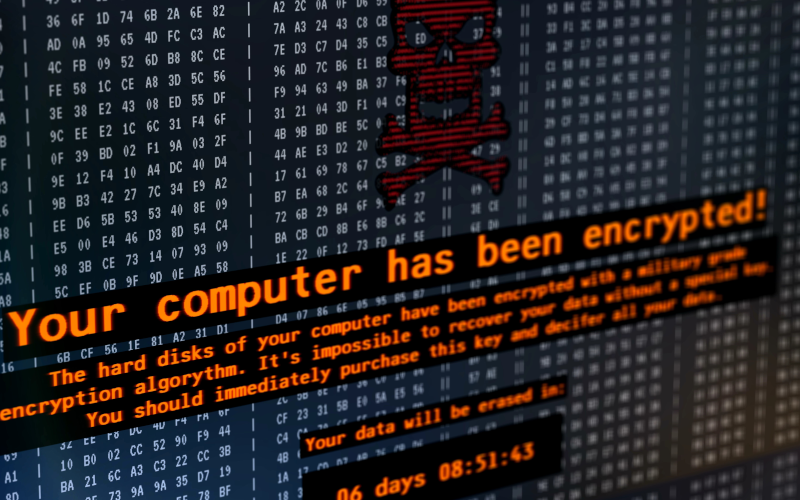
The Hive ransomware (especially in its v5 version) stands out for its sophistication, and for the impact caused to hundreds of companies and organizations worldwide, bypassing conventional defenses and challenging analysts with its advanced techniques.In this article, we unravel its features, from its encryption methods to its anti-analysis countermeasures, illustrating not only the threat it poses, but also how it can be combated. Through a technical analysis, it is intended to empower readers with the knowledge necessary to understand and ultimately defend against these types of threats.
Etiquetas








